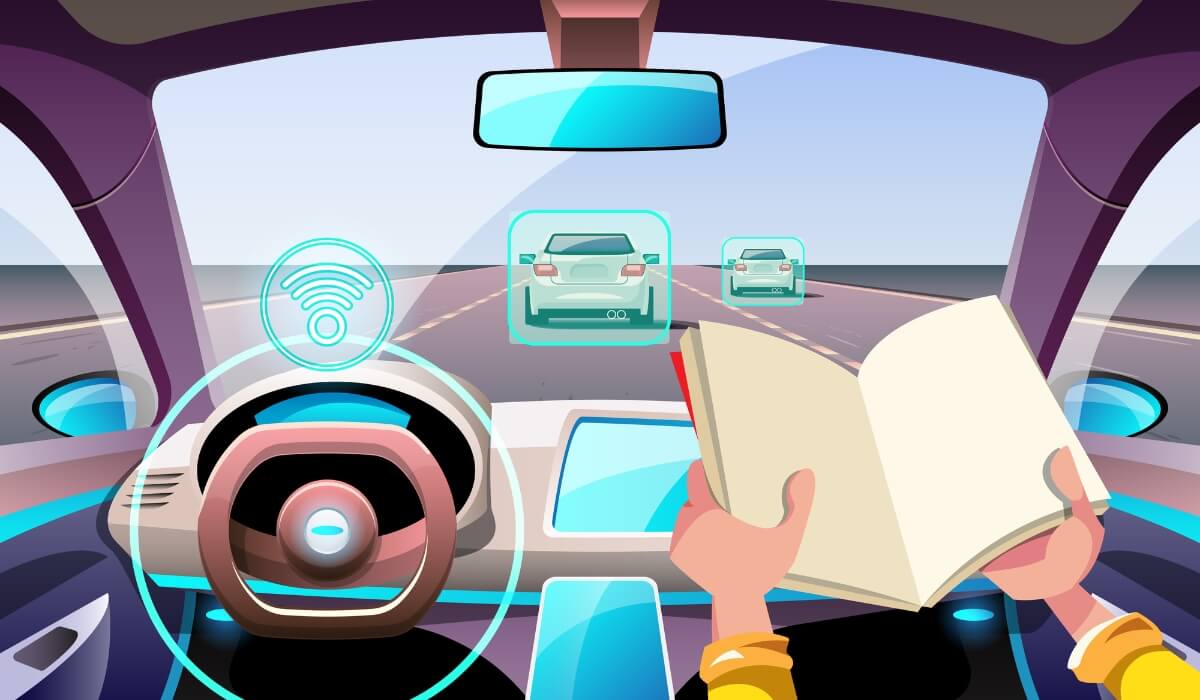Modern vehicles cannot be complete without Advanced Driver Assistance Systems (ADAS) that promote safety, and make the driving experience better. Such systems may include adaptive cruise control, lane departure warning, and automatic emergency braking. But if the systems are found to be miscalibrated, the results could be significant, which in a worst-case scenario might place both driver safety and overall system performance at risk. The following is a short examination of the importance of correct calibration, what degradation can lead to and how to ensure ADAS is performing as it should be.
Understanding ADAS
ADAS are electronic systems that aid drivers in a host of ways. While we do not yet have fully autonomous vehicles on the road, modern advanced driver-assistance systems (ADAS) are designed to use sensors, cameras and radar built into the vehicles to constantly survey their environments and in some cases call attention or intervene to help keep drivers safe. This includes features like lane-keeping assist, collision avoidance systems that apply the brakes to avoid a crash — or at least increase deceleration before impact — if they sense you hurtling towards something solid.
ADAS technology has big prospects, but it relies heavily on precision calibration in order to work efficiently. This means changing the sutff around so the sensors and cameras can accurately sense what is going on with everything else. In either case, if the calibration is off the systems may misinterpret information which can result in incorrect or delayed responses.
The Importance of Calibration
Calibration is essential for several reasons:
- Sensors and Cameras : ADAS needs accurate data from sensors and cameras. Erroneous calibrations can result in incorrect readings that affect the systems ability to identify obstacles, lane markings or traffic signs.
- Safety features: Safety is built on accurate sensor information This, hypothetically, could cause a vehicle with an incorrect setting for its adaptive cruise control system to not properly judge the gap between vehicles and therefore result in more rear-end crashes.
- The trust of drivers:Drivers depend on the safe and easy driving that ADAS is every day. If this technology is managed poorly, which by all means it can, then drivers will likely not trust the system and will disengage with what could arguably be some of the most helpful features in vehicle automation.
The Risks of Miscalibration
The risks of mis-calibrating ADAS systems are numerous and affect both the safety and functionality of your vehicle.
1. Increased Accident Risk
Increased risk to road accidents is one of the biggest downsides of having miscalibrated ADAS in a car. But for instance, if a collision avoidance system is miscalibrated it may not be able to detect either a vehicle or pedestrian in its path causing an accident that could have been avoided. For example, there were numerous accidents in 2022 (that made the news) which have been linked to vehicles with ill-calibrated ADAS, further underlining the sense of immediacy concerning calibrations.
2. Decreased safety functions
Improper calibration of a safety system that could render it unresponsive. A lane-departure warning system might not work as intended when a driver leaves their lane, or automatic emergency braking could fail to kick in when it’s really needed. Such less-effective systems can lull drivers into a false sense of security, and they “may use these systems over-rely.
3. Higher Repair Costs
Improperly calibrated ADAS can also result in much higher repair bills. When a vehicle strikes something because of an erroneously adjusted system, the impacts can reach from the specific area of hit. This can result in costly repairs to both the vehicle and the ADAS itself. Well, more common miss-collimation is a sign of some other problems and will need a deeper fix.
4. Compromised Vehicle Performance
If these systems are miscalibrated, it can harm vehicle performance in general. If the electronic stability control (ESC) system is mis-calibrated, it may react too erratically to slippery road conditions if a driver gets off track during cornering, and increase the likelihood of spin out or loss of control. In addition, mis-calibration can reduce fuel efficiency and cause a vehicle to work harder in order to meet an expectation that is being miscalculated..
Reasons for Miscalibration
Understanding the common causes of miscalibration can help in mitigating risks associated with ADAS.
1. Physical Damage
SensorsCameras– Collisions– Road debris– Improper installation of the sensors and cameras themselves. Slight collisions can knock the sensors out of alignment, causing miscalibration.
2. Environmental Factors
Sensor output can also be affected by severe weather conditions like heavy rain, fog or snow. Furthermore, if the sensors or cameras are dirty or blocked, they may not be able to perform their best—for example making for a worse calibration.
3. Software Updates
ADAS requires software updates The maintenance updates, if not conducted as per the baselines can result in a wrong calibration. As such, automakers must ensure that the software updates they offer don’t impact current calibrations.
4. Inadequate Maintenance
It is essential to keep ADAS in usable condition by regular maintenance. Poor maintenance can provide problems that hinder good calibration. It is also important that drivers periodically check their vehicles to make sure all systems are operation, including ADAS.
Addressing Miscalibration
Prompt miscalibration resolution is critical for the intended functionality of ADAS. Below are strategies you can use to help mitigate the risks:
1. Regular Calibration Checks
Test systems for ADAS calibration must be part of normal vehicle maintenance. This allows it to identify issues before they blow up into big messes. Certain carmakers provide calibration, whereas others suggest taking cars to a tailor-made service center.
2. Onsite Calibration Services Professional
If calibration needs to be done, it is important that professionals perform this task. The ADAS should be accurately calibrated and technicians must have the proper tools and knowledge. Carrying out the calibration yourself without the proper knowledge can cause even more issues.
3. Educating Drivers
Details about · Visibility MaterialsEducating drivers on the benefits of ADAS (and effective maintenance) can be a boon for safety. Drivers need to know how the technology works and what could happen from improperly calibrated systems. This information is convincing them to service themselves well and not shy away from professional help when required.
4. Monitoring System Performance
Car makers can deploy performance monitoring for its ADAS on an on-going basis Collecting data about how well these systems are performing helps manufacturers glean insights into trends and potential issues that could call for proactive maintenance efforts.
What is the Future with ADAS Calibration?
The development of ADAS will undoubtedly demand increasingly complex calibration as technology advances. Emerging trends include:
1. Automated Calibration
Improved technology, over time, may also lead to automatic calibration, with less human intervention needed for adjustments. That could simplify the calibration process and help the systems stay accurate as they age.
2. Enhanced Sensor Technology
Although sensor technology has a long way to go if it wants ADAS systems to become more effective. The better the sensors, and more importantly calibrated cameras, that are used can significantly reduce the likelihood of miscalibration; therefore enhancing system performance levels that translate to safer driving experience.
3. Vehicle-to-Everything (V2X) communication_Device Integration
In the future, ADAS integrated or networked with V2X communication systems may also give drivers real-time information on road and weather conditions and traffic. This would help increase the efficacy of ADAS and keep all systems calibrated to detect that a change in environment was occurring so they could respond adequately based on the situation.
4. Greater Regulation
With additional ADAS technologies being built-into vehicles, regulatory bodies may increase calibration and maintenance guidelines. This gap could improve the security of cars on the road to ensure that they meet some sort of safety measurement better guarding drivers and travelers.
Conclusion
Miscalibration of ADAS has a severe impact on both driver safety and system performance. Correct calibration is paramount for the functionality of these systems, and if misconfigured, the consequences are life threatening with higher accident frequencies and suboptimal vehicle drivability.
So they must be maintained, calibrated by a professional, and drivers should receive education. Look forward to the future of ADAS calibration Technology is advancing, and when it comes to ADAS calibration, automation and better sensor technology are on the way.




